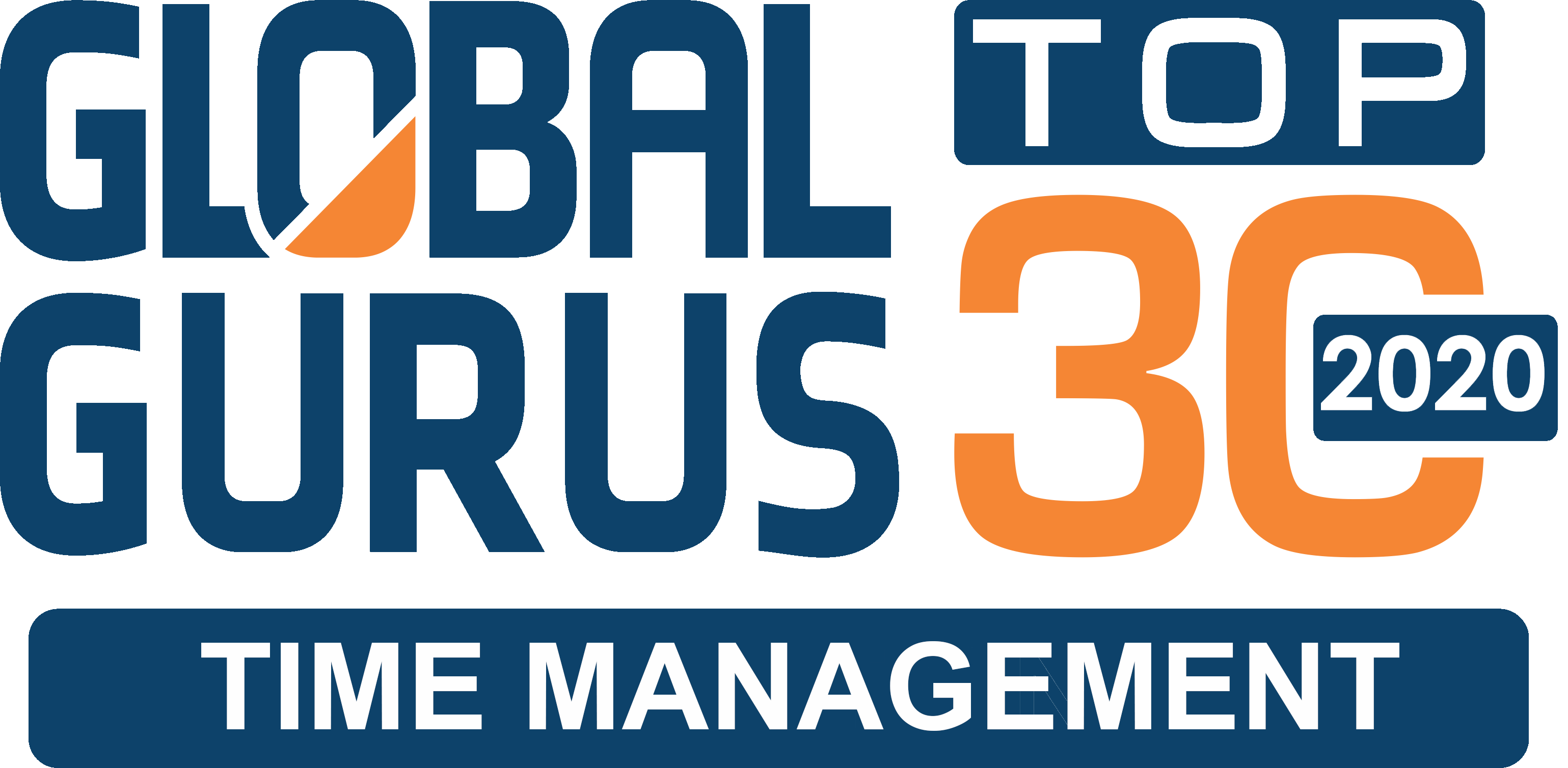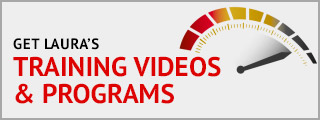“A peacefulness follows any decision, even the wrong one.” — Rita Mae Brown, American novelist.
“In a minute there is time for decisions and revisions, which a minute will reverse.” — T.S. Eliot, British poet and playwright.
 The ability to consistently make good, solid decisions lies at the heart of any productivity initiative, especially those affecting entire teams or organizations. Those of us concerned with maximizing positive outcomes have invented a wide variety of guidelines to help people make such decisions. Some experts argue that all significant decisions deserve careful consideration and consensus building before implementation, which results in a slow, deliberate decision-making process. I can’t say they’re necessarily wrong, because decision-making style depends at least partly on corporate culture, national culture, and the issue itself. For very critical, strategic decisions with high stakes or financial impact, you should take more time. But for the average day-to-day issue, I believe in making relatively quick decisions, once I’ve gathered any critical information.
The ability to consistently make good, solid decisions lies at the heart of any productivity initiative, especially those affecting entire teams or organizations. Those of us concerned with maximizing positive outcomes have invented a wide variety of guidelines to help people make such decisions. Some experts argue that all significant decisions deserve careful consideration and consensus building before implementation, which results in a slow, deliberate decision-making process. I can’t say they’re necessarily wrong, because decision-making style depends at least partly on corporate culture, national culture, and the issue itself. For very critical, strategic decisions with high stakes or financial impact, you should take more time. But for the average day-to-day issue, I believe in making relatively quick decisions, once I’ve gathered any critical information.
Of course, no decision-making method has a lock on perfection; that’s the province of the Divine. As a mere human, you will make mistakes occasionally, and some may prove costly. But don’t let the possibility of a negative outcome stop you: most of your decisions will prove beneficial, or at the very least will have little (if any) negative impact on your team.
Seconds Count
My father is a retired Air Force colonel. He taught me from an early age that slow decision-making can murder your momentum, especially during developing opportunities and crisis situations. In his branch of the service, fighter pilots learn the OODA formula for engaging enemy pilots: Observe, Orient, Decide, and Act. Often a pilot has just seconds to run through this process, because his opponent is appraising him the same way.
To shoot down your problems quickly, develop your own accelerated thought processes in order to maintain your momentum. You may not be as constrained time-wise as a fighter pilot, but you still have to hone your decision-making SPEED:
1. Stop just long enough to gather the intelligence you need to get a handle on an emergent issue.
2. Ponder what the issue means for you or your team. If the issue won’t affect you at all, stop here.
3. Educate yourself on the issue as quickly as possible if it does have an impact or consequences.
4. Evaluate what you’ve learned. Talk it over with your inner circle if necessary, but don’t give it too much time.
5. Decide your best course of action and implement it without delay. Usually your first instincts are correct if you’ve been in your role long enough; don’t second-guess yourself too much. You’ll soon learn whether you’ve made the right decision; if not, you can take corrective action.
The Whetstone of SPEED
My SPEED formula offers a happy medium between the careful deliberation of consensus decision-making and the snap decisions of OODA, because you don’t bog yourself down in perfectionism and still have time to fix your missteps.
Speedy decision-making requires agility, flexibility, and a careful eye toward strategic alignment within your organization. Ask your team what turbulence exists that might knock you off course. With a little practice, you’ll soon make all your leadership decisions with admirable SPEED.



Laura,
Great content! Perfect timing!